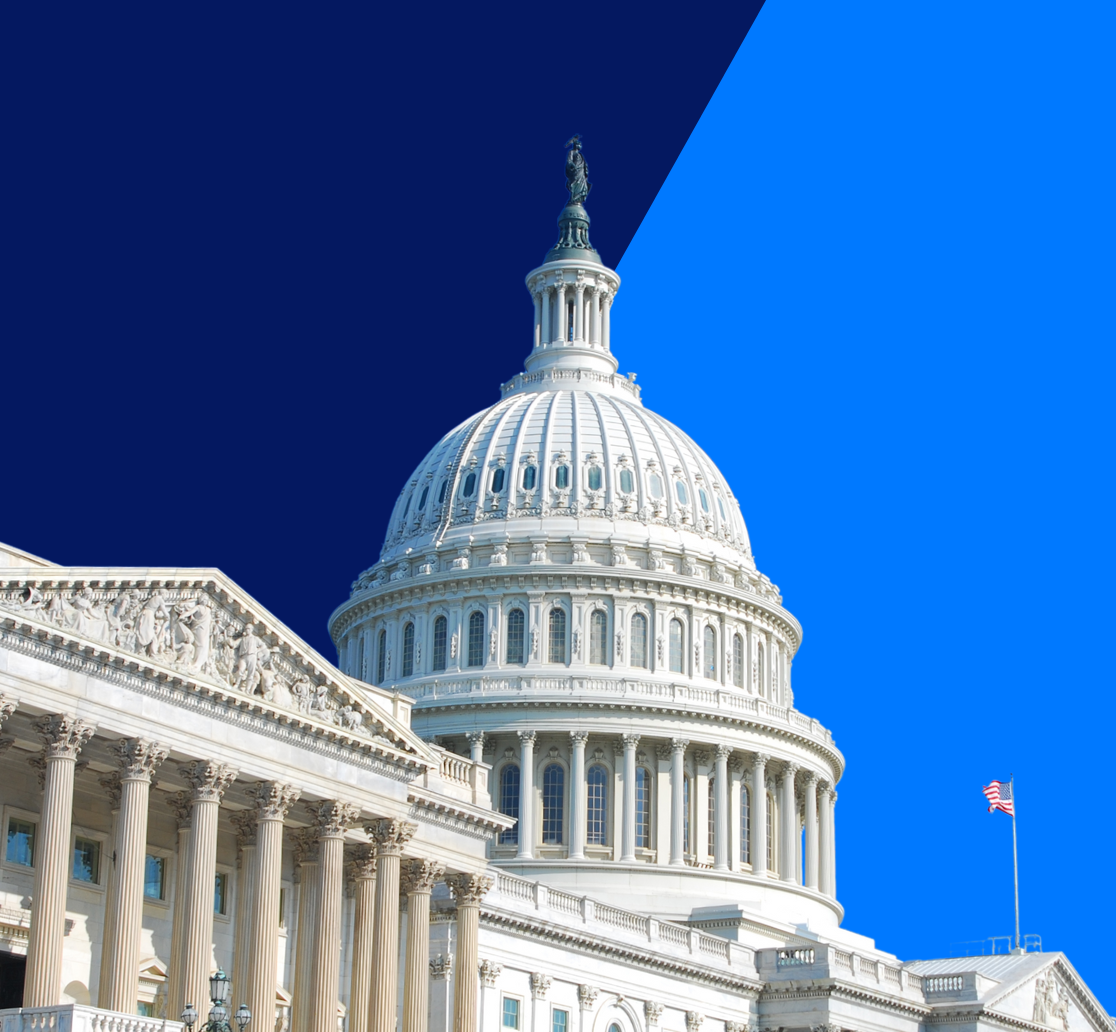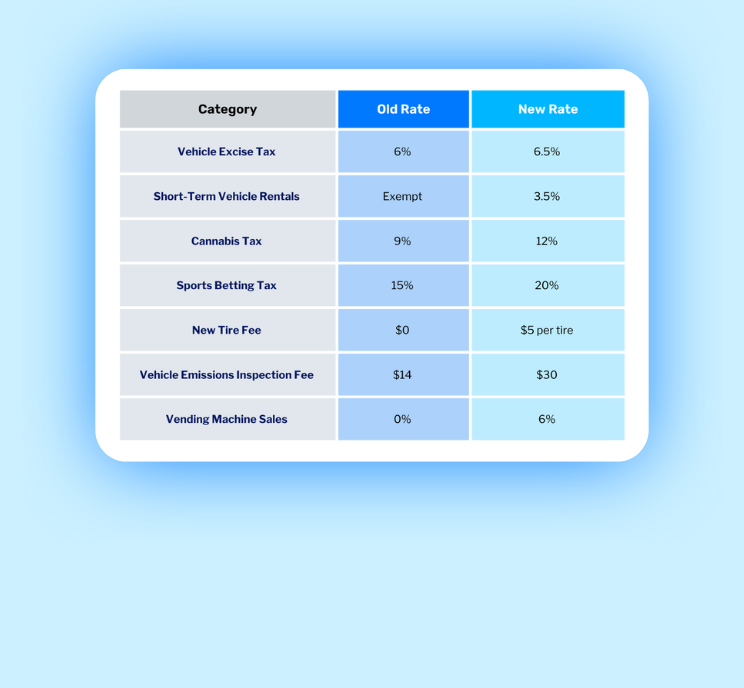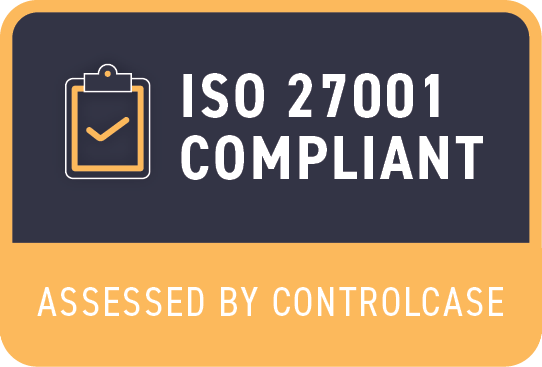Just three years after the original SECURE Act, President Biden signed legislation that includes nearly 100 provisions impacting retirement plans for US employers and individuals. These changes are designed to improve access to retirement savings vehicles and enhance retirement security for Americans.
New Beginning Date for Required Minimum Distributions
The original SECURE Act raised the required beginning date (RBD) for mandatory distributions of retirement plans and IRAs from age 70½ to 72. Under the new law, the RBD has been pushed out further.
Prior to the Act, the RBD was April 1, following the year in which the individual attains age 72 (most taxpayers choose to take the initial distribution in the year they turn 72 to avoid a “double-distribution” in the following year). Now, under SECURE 2.0, the applicable age increases from age 72 to 75. This increase will happen in two stages. Individuals who celebrate their 72nd birthday in 2023 have one more year to start taking the required minimum distributions. This new applicable age of 73 applies through 2032, after which the RBD is pushed back again to age 75.
To simplify:
- If you were born in the years 1951-1959, your applicable age is 73
- If you were born in 1960 or later, your applicable age is 75
The required minimum distribution rules apply to employer-sponsored qualified retirement plans, traditional IRAs, and individual retirement annuities.
Distributions that weren’t affected:
- The “still-working exception” rule continues. This applies to less than 5% of participants in employer-sponsored retirement plans.
- The RBD for these individuals can be delayed until retirement.
- Qualified charitable distributions (QCDs) can still be made starting at age 70 ½.
- IRA distributions can still begin as early as age 59 ½ with no penalty.
- For many people who expect to draw from their retirement plans to fund their living needs, this age increase has no impact. However, there may be planning opportunities for those who can draw from other sources in retirement. The extra time may allow for income-smoothing techniques, such as Roth IRA conversions. Please speak with your financial advisor to help determine the best course of action for your situation.
Increased Retirement Plan Catch-up Limits for Those Ages 60-63
For many years, participants in employer plans have enjoyed the opportunity to make additional “catch-up” contributions to their plans, annually upon attainment of age 50.
- Starting in 2025, catch-up contributions to 401(k), 403(b), and 457(b) plans for those individuals ages 60 to 63 will increase to whichever is greater, $10,000 or 150% of the regular catch-up amount in 2024.
- In 2023, the regular catch-up contribution amount is $7,500, so pre-retirees ages 60 to 63 will be able to stash away some additional dollars in their retirement accounts, starting in 2025.
As discussed below, participants whose wages from the employer sponsoring the retirement plan exceeded $145,000 in the previous year will need to be careful when making catch-up contributions. For these individuals, catch-up contributions may be subject to mandatory Roth tax treatment.
Roth Contribution Treatment for Certain Catch-Up Contributions
One area of SECURE 2.0 that specifically impacts high wage earners is a new requirement that all catch-up contributions to 401(k), 403(b), and governmental 457(b) plans are designated as Roth contributions beginning in 2024.
- High wage earners: An eligible plan participant whose wages for the preceding calendar year from the employer sponsoring the plan exceed $145,000.
It is important to note that this language does not apply to catch-up contributions to IRAs, including SIMPLE IRAs, and specifically applies only to those who have wages in excess of $145,000 (i.e., not self-employed individuals). Within this language, there is an opportunity to circumvent this requirement for high wage earners who change employers mid-year. An individual may have combined wages from multiple employers exceeding the $145,000 limit, however, if wages from their new employer alone were below the limit in the preceding year, then the individual remains eligible to make pre-tax catch-up contributions to the new plan.
This piece of the legislation also results in a glaring dissonance between the mandate itself and the fact that not all employer plans offer a Roth option. There will be many individuals who are now required to designate catch-up contributions as Roth, but do not have the ability to do so because the plan lacks a Roth option. SECURE 2.0 unfavorably addresses this issue, noting that if a plan does not allow eligible individuals to make Roth catch-up contributions, then no plan participants will be allowed to make a catch-up contribution, regardless of their wages. As a result, we expect that most employers will adopt Roth contribution provisions.
Elective Roth Treatment for Employer Contributions to Retirement Plans
Continuing the theme of expanding Roth contribution options, SECURE 2.0 will allow employers to deposit matching and/or nonelective contributions to the Roth accounts of their employees. It is important to note that employers are not required to amend their plan to allow this feature. For those employers who implement this change:
- It will ultimately be the participant’s decision to elect to receive matching/nonelective contributions on a Roth basis.
- The employer Roth contribution must be nonforfeitable, meaning the employee must be 100% vested in the plan to make the election.
Additionally, employer contributions received on a Roth basis will be included in the employee’s income in the year of the contribution. Effectively, this treatment is the same as if the employee received a traditional pre-tax matching contribution, then subsequently converted that amount to the Roth account creating a taxable event. For this reason, it is important to consult with your tax advisor to determine a tax-efficient strategy regarding this election.
Additional SECURE Act 2.0 Information
The SECURE Act 2.0 includes several taxpayer-friendly provisions which liberalize retirement savings opportunities and new opportunities for planning to efficiently customize plans.
If you have questions about how these or other provisions of the Act impact you, we encourage you to read the rest of our three-part series and/or contact our team for additional information.
- Part II: The most important changes affecting employers
- Part III: 529 Rollovers, Early Retirement Account Withdrawals, and More
Advisory Services offered through SC&H Financial Advisors, Inc., in investment adviser registered with the U.S. Securities and Exchange Commission. SC&H also offers advisory services through the doing business as name of SC&H Core. SC&H Financial Advisors, Inc. is a wholly owned subsidiary of SC&H Group, Inc.
The information presented is the opinion of SC&H Financial Advisors, Inc. and does not reflect the view of any other person or entity. The information provided is believed to be from reliable sources but no liability is accepted for any inaccuracies. This is for information purposes and should not be construed as an investment recommendation. Past performance is no guarantee of future performance.





